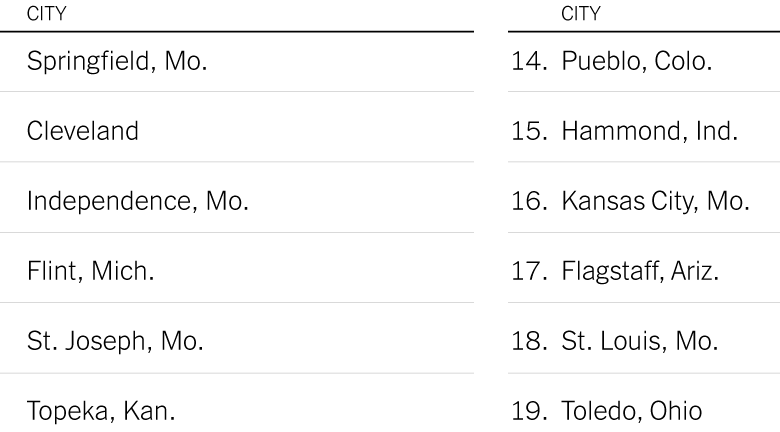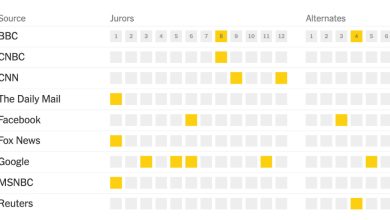Where Heating Bills Hit the Hardest

With winter looming, it’s time to brace yourself for those big heating bills. The impact on your wallet can vary depending on where you live, but a recent study may tell you how your city stacks up against others when it comes to cold-weather costs.
The study, by HVAC Gnome, an online service connecting users with HVAC specialists, ranked the 500 largest U.S. cities on heating expenses based on average income relative to each city’s electricity and heating fuel costs, local energy-efficiency metrics, and factors that could inflate costs including weather, average home size and the share of homes built before 2000 (typically less efficient). Data was gathered from the U.S. Census Bureau, the U.S. Department of Energy, Green Building Information Gateway, the National Oceanic and Atmospheric Administration, and Redfin, among other sources.
A swath of Midwestern cities landed atop the list, perhaps not surprising given the region’s chilly climate. Springfield, Mo., was found most expensive to heat, followed by cities in Ohio, Missouri, Michigan and Kansas. Springfield’s energy costs (second highest in the study) and poor energy-efficiency metrics (tied for last) were leading reasons for its rank.
Cleveland’s high natural-gas costs, cold-weather risk and large share of older homes led it to second place on the list. Independence, Mo., was a chilly third, largely because of poor energy efficiency scores.
Northeastern cities, with their larger share of energy-efficient homes and cheaper energy costs relative to income, were found to be less challenging to heat, despite their many icicles. New York ranked 309th, and Boston 241st. The most expensive Northeastern city to heat was Erie, Pa., 36th, followed by Pawtucket, R.I., 46th.
For weekly email updates on residential real estate news, sign up here.



